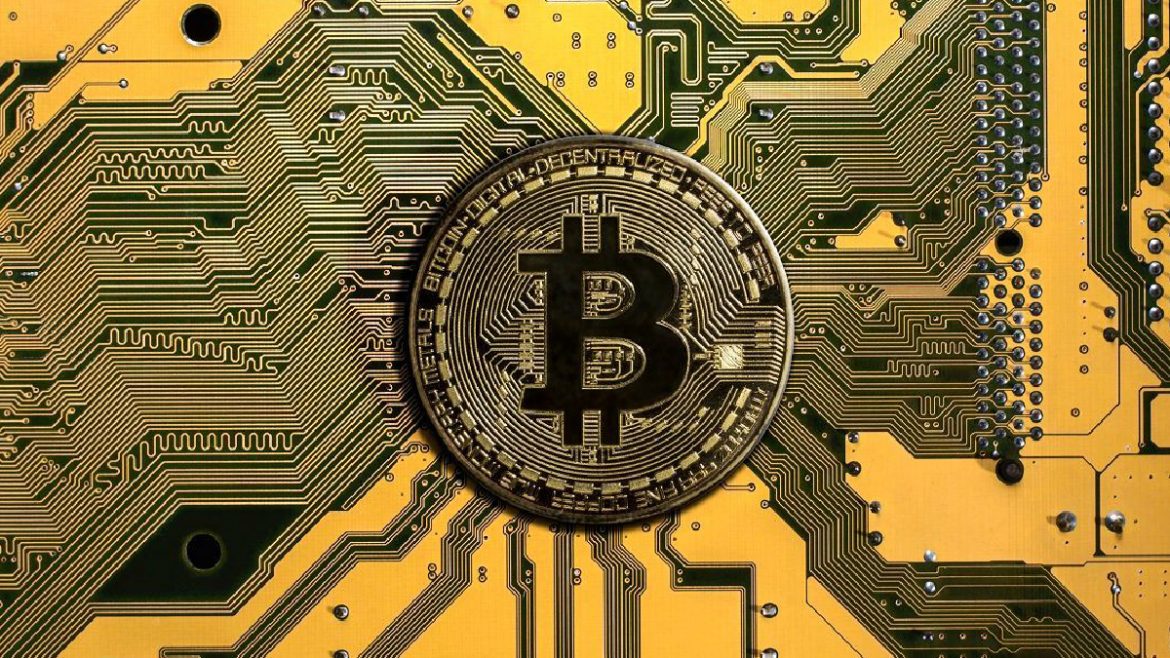Introduced in 2015, Lightning Network, developed by Thaddeus Dryja and Joseph Poon, was hailed as the most effective solution to the challenge of “scaling” in the Bitcoin Network. It gained popularity due to its revolutionary technology. It sits on top of the Bitcoin blockchain and enables fast and cheap transactions.
The network comprises of user-generated channels that send payments back and forth in a secure and trustless manner. Once the transaction is complete, the channel between the users is closed and the transaction is settled on the Bitcoin Blockchain. The concept behind the Lightning Network is that transactions between two users don’t need to be broadcasted to the entire network. Keeping them private makes the network instantaneous. There is no mining and no incentivizing involved and this makes transaction fees low or even non-existent in certain cases.
After Lightning, Erlay protocol has made headlines with its path-breaking technology and the resource requirements are comparatively low.
What is Erlay Protocol?
Bitcoin users are secure if they use full Bitcoin nodes and to encourage this, resource requirements should be low, including the bandwidth that is required. Erlay is a new proposal that aims to reduce bandwidth requirements. This protocol was developed by the University of British Columbia researchers Gleb Naumenko, Alexandra Fedorova and Ivan Beschastnikh, Blockstream engineer Pieter Wuille; and independent Bitcoin Core contributor Gregory Maxwell.
This protocol recommends an approach, that will transmit transaction identifiers more efficiently, thereby reducing the number of messages sent between nodes, while still supporting the transmission of new transactions to all nodes.
Problem Statement: Redundancy and bandwidth consumption in the Bitcoin Blockchain Network
When a new Bitcoin transaction is broadcast, it is sent to all nodes on the network. There are two steps involved in this process. In the first step, the transaction is received, the node sends an identifier – transaction ID to all peers except the one it receives the transaction from. All peers check the ID to see if they have received it from another peer and if not then the process repeats.
There is a lot of redundancy in the Bitcoin Network and the problem is a huge pile of redundant messages being shared on the Bitcoin network. This redundancy consumes a lot of bandwidth. Notably, it consumes 50 percent of the bandwidth required to run a node.
Solution: The Erlay Protocol
The Erlay Protocol estimates that 44 percent of all traffic between nodes consists of redundant messages. Operating nodes are not affordable for many users and pose an impediment for users to run full nodes. Bitcoin’s security depends on the connectivity between nodes and if nodes don’t connect with enough peers, they open doors to “eclipse attacks.” This makes it vulnerable to attacks.
This problem is solved by increasing connectivity between nodes and the Bandwidth usage is increased linearly. According to the research conducted by Erlay’s founding team, it could substantially reduce the amount of bandwidth required (by about 40 percent) for maintaining current levels of connectivity between Bitcoin nodes. The Erlay protocol reduces the number of messages passed between Bitcoin nodes by employing a solution called “Minisketch,” which was previously proposed by Naumenko, Wuille, and Maxwell.
In addition to transaction IDs, Bitcoin nodes share “sketches” of transactions with one another. It offers more privacy. Because the transactions IDs are initially not shared with all connected nodes, it gets harder for “spy nodes” to monitor the network and trace where a particular transaction originated.
The proposal for Erlay is out for application developers, software testers and researchers to review the protocol’s specification and effectively approve it by not raising any objections. At present, the Erlay protocol is being reviewed by the Bitcoin community, and it once the review is complete it may be implemented in the Bitcoin Blockchain.
What’s next after Lightning Network?
previous post
